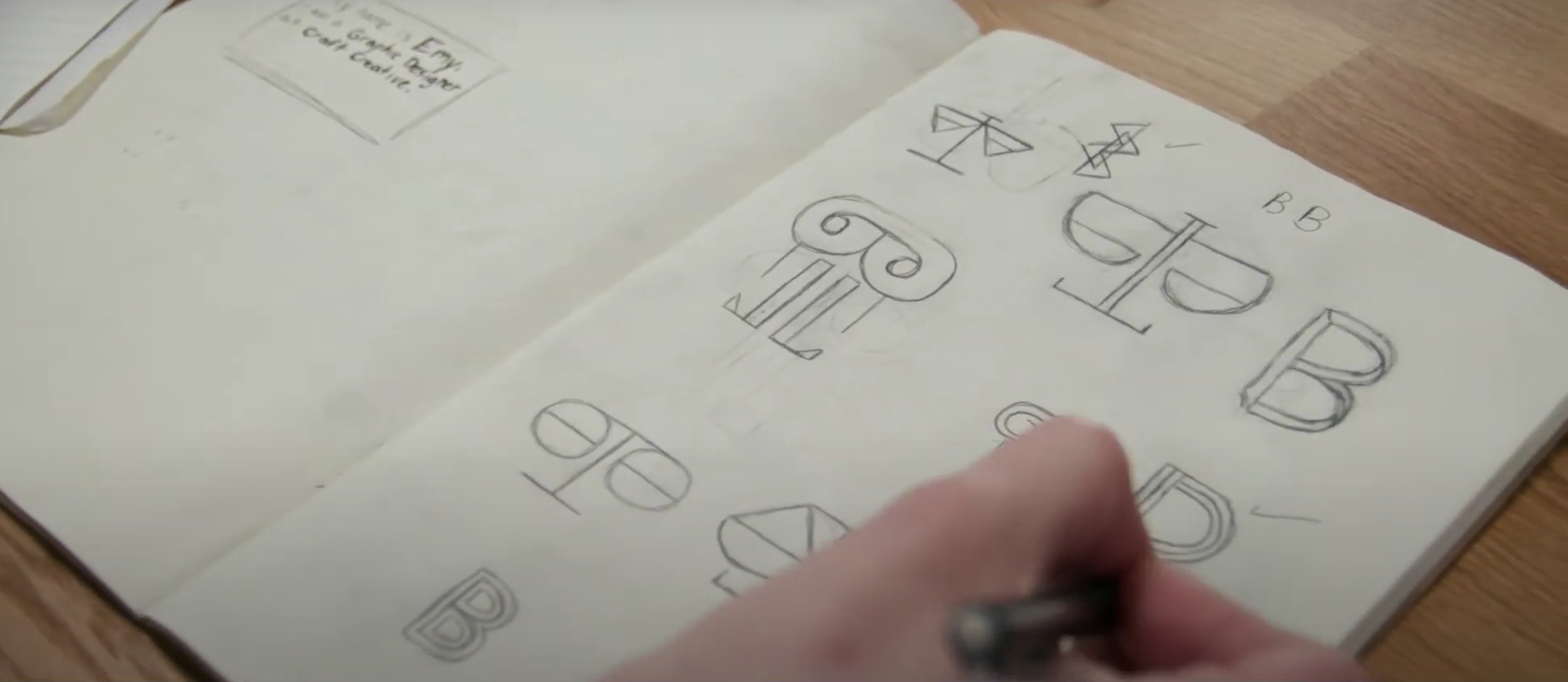Logo design plays a crucial role in the world of design. It goes beyond simple aesthetics and serves as the face of your brand. When customers and clients approach you, your logo becomes their first point of contact, conveying the essence of your business and its values.
Your logo is more than just a symbol - it’s the face of your business. A powerful, well-designed logo can set the tone for your brand identity and instantly connect with your audience. Whether you’re launching a new company or refreshing your current brand, creating an effective logo is essential.
1. Understand the Role of Your Logo in Branding
Your logo is often the first impression people have of your business. It appears on websites, social media, business cards, packaging, and advertisements - so it needs to be instantly recognizable and meaningful. A good logo communicates your brand values, industry, and unique personality at a glance.
2. Know Your Audience and Industry
Different industries require different design approaches. A bold, playful logo might work for a food truck, but not for a law firm or financial institution. Research your target audience and what appeals to them visually, and benchmark your logo design against competitors in your niche.
3. Start With Research and Brand Discovery
Every great logo starts with a deep understanding of the brand it represents. Ask yourself:
* What does your business stand for?
* What’s your mission and core message?
* What emotion should your logo evoke?
Dig into your brand history, values, and future vision. This research phase helps shape a design that reflects your true identity.
4. Sketch First, Then Design Digitally
Before diving into software, grab a pencil. Sketching out logo ideas allows you to brainstorm freely and test different concepts. Thumbnails and rough drafts help visualize how your elements interact - like abstracting letters or integrating symbols that reinforce your message.
Example: For a local law firm with the initials “BB,” combining bold letterforms with a shield shape can convey strength and trust.

5. Think About Versatility and Scalability
Your logo should look great everywhere - whether it’s on a billboard, a social media profile, or a mobile screen. Test your logo in black and white, in small sizes, and on various backgrounds to ensure it’s clear, legible, and impactful at all scales.
6. Choose Typography That Fits Your Brand
Fonts matter. A modern tech startup may benefit from clean, sans-serif typefaces, while a luxury brand might opt for elegant, serif fonts. Your typography should be readable, scalable, and on-brand.
7. Use Color Strategically
Colors evoke emotion and influence perception. Use color psychology to your advantage:
* Blue = trust and professionalism (great for finance, tech, healthcare)
* Red = energy and urgency (ideal for food, retail)
* Green = growth and eco-consciousness (used in wellness and sustainability brands)
Keep your palette simple - two to three main colors are usually enough.
8. Aim for Simplicity and Uniqueness
The best logos are simple but distinctive. Think of Apple, Nike, or McDonald’s - all easily recognizable and unique. Avoid overly complex or trendy designs that might not age well. A timeless logo ensures brand consistency for years to come.
9. Test Your Logo in Real-Life Scenarios
Mock up your logo on:
* Business cards
* Website headers
* Packaging
* Social media posts
This helps you visualize how your logo performs in the real world and allows you to fine-tune spacing, alignment, and clarity.
10. Work With a Professional Logo Designer
While DIY tools can be tempting, a professional logo designer brings experience, creativity, and strategy to the table. They can guide you through concept development, font and color selection, and ensure your final design reflects your brand perfectly.
A great logo isn’t just pretty - it’s strategic, functional, and memorable. By investing the right time, research, and expertise, your logo can become the foundation of a visual identity that resonates with your audience and stands the test of time.
Ready to create a logo that sets your brand apart? Work with skilled designers who understand how to build brand identities that last.